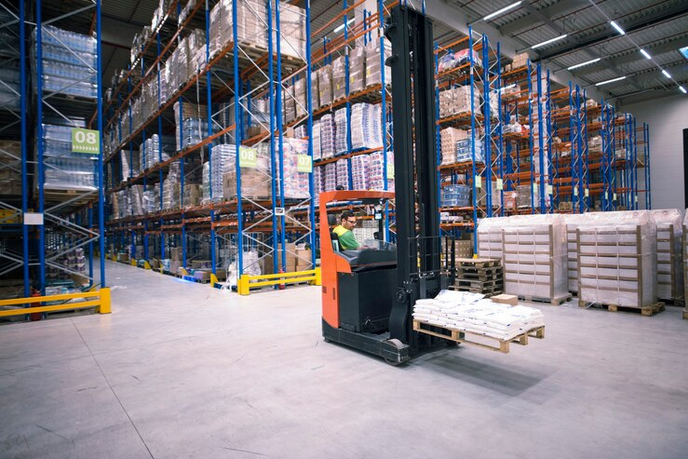Introduction
Pallet racking systems have revolutionized the way companies manage their warehouse storage. These systems provide efficient and organized storage solutions for various industries, ranging from manufacturing to retail. By maximizing vertical space and streamlining inventory management, pallet racking systems play a crucial role in enhancing productivity and profitability. This article delves into the fundamentals of pallet racking systems, their types, benefits, and best practices for optimizing their use.
Understanding Pallet Racking Systems
Pallet racking systems are specially designed structures used for storing palletized materials in horizontal rows with multiple levels. These systems enable efficient utilization of vertical space, allowing warehouses to store a large volume of goods while maximizing floor space. Typically, pallet racking systems consist of upright frames, horizontal beams, and wire decking or pallet supports.
Types of Pallet Racking Systems
- Selective Pallet Racking: This is the most common type of pallet racking system, characterized by its accessibility to each pallet stored. It allows for direct access to every pallet, making it suitable for fast-moving inventory with high turnover rates.
- Drive-In and Drive-Through Racking: Drive-in and drive-through racking systems maximize storage density by eliminating aisles between racks. In drive-in systems, forklifts enter from one side to place or retrieve pallets, while drive-through systems have entry points on both sides, enabling greater flexibility and efficiency in handling goods.
- Push Back Racking: Push back racking systems utilize a dynamic storage approach where pallets are loaded onto nested carts that slide along inclined rails. When a new pallet is added, it pushes the existing pallets back, hence the name "push back." This system is ideal for bulk storage of homogeneous products with multiple SKUs.
- Pallet Flow Racking: Pallet flow racking systems operate on a first-in, first-out (FIFO) basis, with pallets loaded from one end and retrieved from the other. Gravity rollers facilitate the movement of pallets, ensuring automatic stock rotation and optimal space utilization. Pallet flow racking is suitable for perishable goods or items with expiration dates.
Benefits of Pallet Racking Systems
- Maximizing Space Utilization: Pallet racking systems enable warehouses to utilize vertical space efficiently, allowing for higher storage capacity without expanding the footprint of the facility.
- Improved Inventory Management: With organized storage and easy accessibility to pallets, inventory management becomes more streamlined, leading to reduced errors and better stock control.
- Enhanced Productivity: By reducing the time required for loading and retrieving pallets, pallet racking systems contribute to increased efficiency and throughput in warehouse operations.
- Versatility and Adaptability: Pallet racking systems come in various configurations and can be customized to suit the specific needs of different industries and storage requirements.
- Safety and Durability: High-quality pallet racking systems are designed to withstand heavy loads and provide a safe working environment for warehouse personnel. Regular inspections and maintenance ensure continued safety and reliability.
Best Practices for Optimizing Pallet Racking Systems
- Conduct Regular Inspections: Regular inspections of pallet racking systems help identify potential safety hazards, such as damaged components or overloading. Prompt repairs and maintenance ensure the longevity and safety of the system.
- Train Personnel: Proper training of warehouse staff in pallet handling techniques, forklift operation, and safety protocols is essential to prevent accidents and ensure efficient use of the racking system.
- Implement FIFO Inventory Management: For warehouses dealing with perishable goods or items with expiration dates, implementing a FIFO inventory management system ensures proper stock rotation and minimizes waste.
- Utilize Space Wisely: Optimize the layout of the warehouse by strategically placing racks to minimize aisle space while maximizing storage capacity. Consider factors such as product dimensions, weight, and picking frequency when designing the layout.
- Invest in Quality Equipment: Choose pallet racking systems from reputable suppliers known for their quality and durability. Investing in high-quality equipment reduces the risk of accidents and ensures long-term reliability.
Conclusion
Pallet racking systems are indispensable assets for modern warehouses seeking to optimize storage space and streamline operations. By understanding the various types of pallet racking systems, their benefits, and best practices for their optimization, companies can unlock their full potential and pave the way for success in storage management. Embracing pallet racking systems not only enhances efficiency and productivity but also contributes to a safer and more organized work environment, ultimately driving business growth and profitability.





Comments